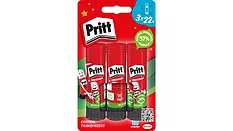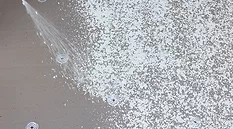
Packaging of Adhesives and Sealants
Coverage includes news and features on topics such as cartridges, syringes, nozzles, cans and custom packaging.
Articles
More ArticlesBlog Posts
See MoreKeep the info flowing with our newsletters!
Get the latest industry updates tailored your way.
JOIN TODAY!Copyright ©2025. All Rights Reserved BNP Media.
Design, CMS, Hosting & Web Development :: ePublishing




